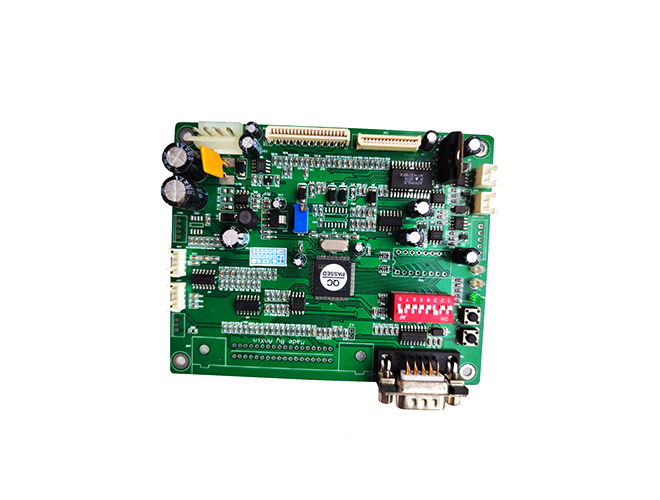-
CN
-
Service Hotline
+8618129931046 Mr. Liao


Time:2025-05-27 Views:1

Single-sided printed circuit boards find extensive use in simple LED light applications due to their simplicity, cost-effectiveness, and ease of manufacturing. In a basic LED light setup, a single-sided PCB serves as the platform for integrating LED chips, resistors, capacitors, and other necessary components.
The layout of a single-sided PCB for LED lights starts with the placement of LED chips. LEDs are typically surface-mounted devices (SMDs) or through-hole devices, depending on the design requirements. For SMD LEDs, the PCB is designed with pads that match the dimensions of the LED package, allowing for soldering. Through-hole LEDs are inserted into holes on the PCB and soldered on the other side. Proper spacing between LEDs is crucial to ensure even illumination and heat dissipation.
Resistors are used in LED circuits to limit the current flowing through the LEDs, preventing them from burning out due to excessive current. On a single-sided PCB, these resistors are placed in series with the LEDs, and the traces are routed to connect them appropriately. Capacitors may also be included in the circuit for functions such as filtering noise or stabilizing the power supply. The single-sided layout requires careful planning to route the traces around the components without crossing, which could cause short circuits or electrical interference.
In simple LED light applications, such as LED strip lights, night lights, or basic lighting fixtures, single-sided PCBs offer a practical solution. They are suitable for low-voltage and low-power LED circuits, where the electrical requirements are not overly complex. The affordability of single-sided PCBs makes them ideal for mass-produced LED light products, helping to keep the overall cost of the final product down. Moreover, the simplicity of the single-sided PCB design allows for easy assembly and troubleshooting, making it accessible for both professional manufacturers and DIY enthusiasts.